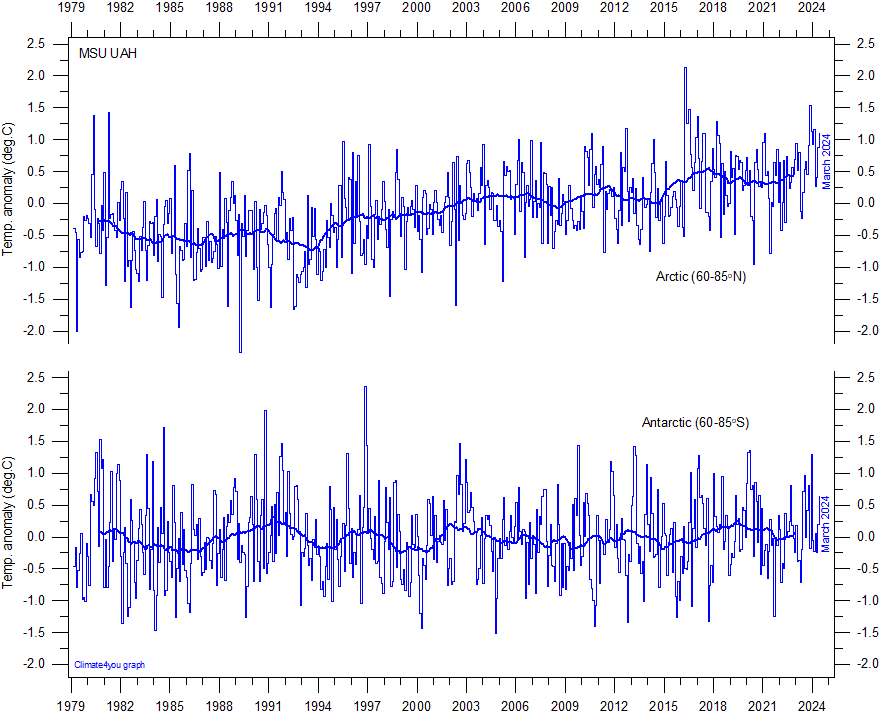Asteroid Passed Within 46,500 Miles, Monday
An asteroid named 2009 DD45, estimated to be the size of a ten-story building, (about 115ft), barely missed colliding with Earth Monday. Had the asteroid arrived just 41 minutes earlier it would have struck the Earth with devastating consequences.
An asteroid of similar size to 2009 DD45 smashed into the Earth’s atmosphere on June 30, 1908, over Siberia. Streaking across the sky at an estimated speed of about 62,000mph, it exploded high in the atmosphere with a blast equivalent to about 15 one-megaton atomic bombs. Over 60 million trees were flattened over more than 770 sq miles of forest, (an area 1.6 times the size of New York City), near Siberia’s Tunguska River. By sheer luck the blast occurred over a remote area and no lives were known lost.
But we’re not out of the woods yet. There are plenty more cosmic missiles—known and yet to be discovered—coming our way.
At 1,100 ft, asteroid Apophis--designated 2004 MN4--is capable of causing considerably more devastation than either the Tunguska asteroid or 2009 DD45. Apophis will swing past Earth in 2029 at an altitude less than our communications and spy satellites. There's a slim chance that Apophis will pass through a "keyhole." In this narrow corridor of space, perhaps a few hundred yards wide, Earth's gravity would deflect the asteroid just enough to put it on a certain collision course with our planet on its next pass in 2036.
The odds that Apophis will pass through this fatal corridor are currently estimated at 1 in 45,000. We might have to wait until weeks after its close approach in 2029 to learn whether Apophis has squeezed through the keyhole, leaving us precious little time to avert calamity in 2036.
Few experts are giving this much thought, says astronomer David Morrison of NASA’s Ames Research Center: “The number would roughly staff a couple shifts at a McDonald’s.”












No comments:
Post a Comment